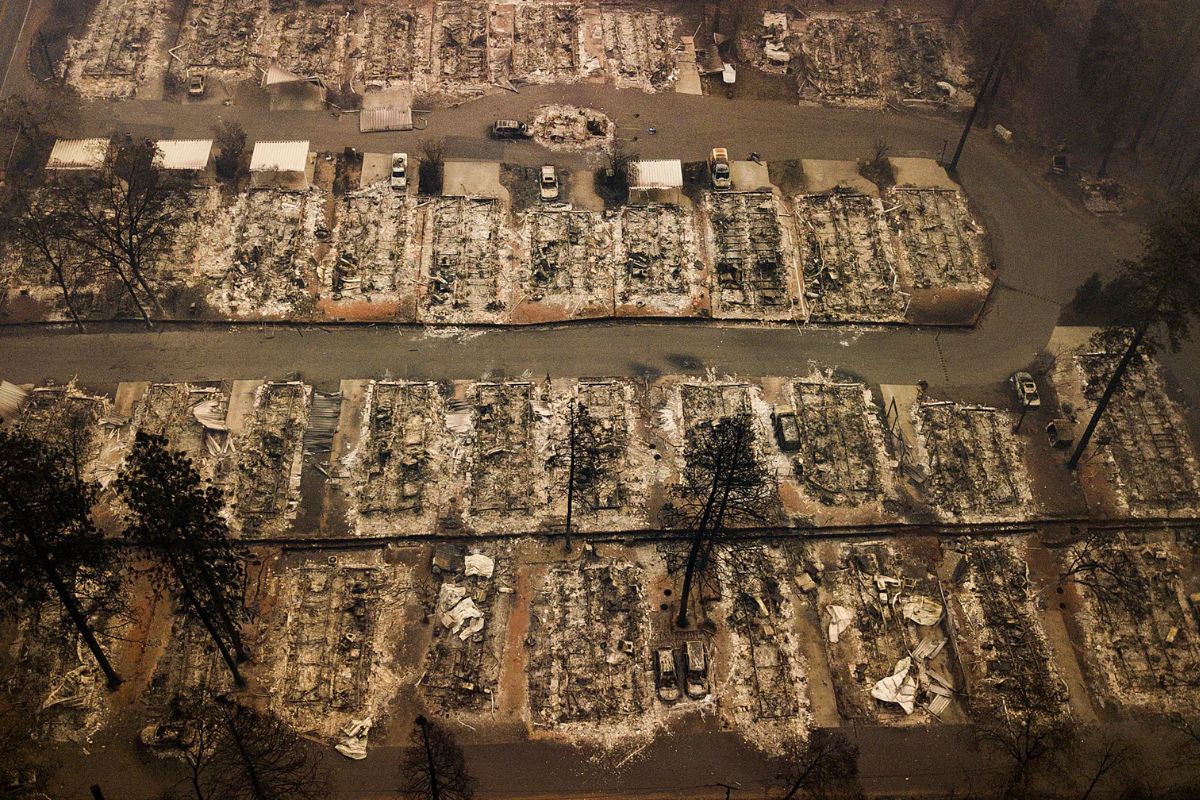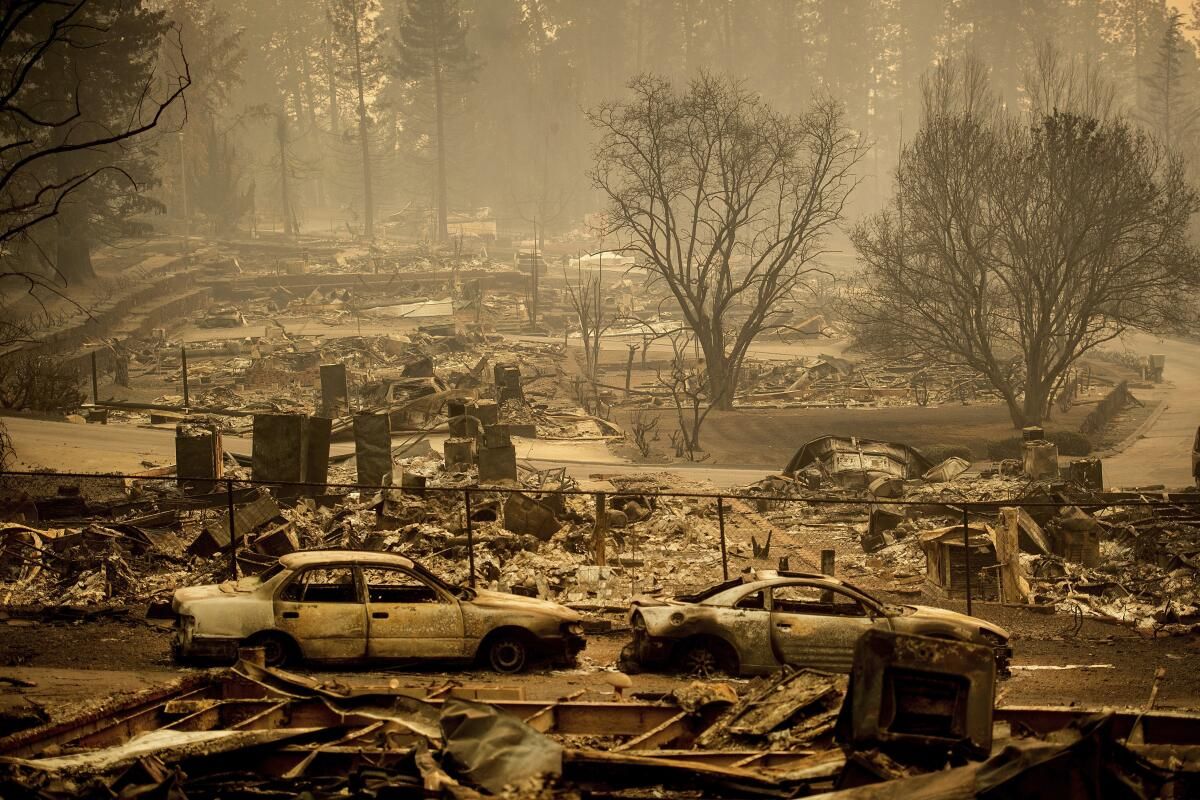State Farm Drops 72K Home Policies: State Farm’s decision to discontinue 72,000 home policies in California is due to escalating insurance costs and heightened wildfire risks. Homeowners and renters are now struggling to find alternative coverage, facing potential gaps in insurance protection. California’s insurance market is challenged by wildfires, strict regulations, and rising costs, impacting insurers’ ability to balance expenses and competitive premiums. The market’s stability is at risk, with implications on pricing and coverage options. The repercussions of State Farm’s move extend beyond policyholders, hinting at broader concerns for California’s insurance landscape.
State Farm Discontinuing Coverage
State Farm’s decision to discontinue coverage for 72,000 homes and apartments in California is a response to escalating costs, heightened wildfire risk, and regulatory challenges in the state. The insurance giant, faced with mounting financial pressures and the increasing unpredictability of wildfire seasons, has opted to cease renewing policies for 30,000 houses and 42,000 apartments. California, known for its susceptibility to wildfires, has seen a rise in both the frequency and intensity of these disasters in recent years, leading insurers like State Farm to reassess their risk exposure.
The company’s move to halt coverage aligns with its previous decision to stop issuing new home policies in California. This strategic shift underscores the challenges insurers face in maintaining profitability while balancing the need to provide coverage in high-risk areas. By focusing on existing policyholders and reducing exposure to additional risk, State Farm aims to mitigate potential losses and stabilize its operations in a volatile market.
Moreover, outdated regulations in California present further hurdles for insurers, complicating the underwriting process and affecting the cost-benefit analysis of providing coverage. State Farm’s withdrawal from a significant number of properties underscores the intricate interplay between economic factors, environmental risks, and regulatory frameworks shaping the insurance landscape in the state. As insurers navigate these complexities, policyholders are left to grapple with the implications of reduced coverage options and the evolving insurance market dynamics.
Reasons for Discontinuation
Amid escalating costs, heightened wildfire risk, and regulatory challenges in California, State Farm’s decision to discontinue coverage for thousands of homes and apartments reflects a strategic response to the evolving landscape of natural disaster risks and insurance market dynamics in the state. The primary driver behind State Farm’s move is the significant increase in costs associated with insuring properties in California. The state’s vulnerability to wildfires has been a major concern for insurance companies, leading to higher payouts for claims and a surge in premiums to offset the risk.
Furthermore, the heightened wildfire risk in California has put immense pressure on insurance companies like State Farm to reassess their coverage policies. The frequency and severity of wildfires in recent years have strained insurers financially, making it increasingly challenging to provide affordable coverage without compromising their financial stability.
In addition to the financial burden posed by wildfire risks, State Farm has also cited outdated regulations in California as a factor influencing its decision to discontinue coverage. The regulatory environment in the state may not adequately address the evolving nature of natural disaster risks, creating uncertainties for insurance companies operating in California. These regulatory challenges further contribute to the complexities faced by insurers like State Farm in sustaining their operations in the state.
Impact on Homeowners and Renters
The decision made by State Farm to discontinue home policies in California will have far-reaching implications for both homeowners and renters in the state. With 72,000 properties losing coverage, many individuals and families will face the challenge of finding alternative insurance options. This sudden change raises significant concerns about the accessibility and affordability of insurance, particularly in California’s already volatile insurance market.
For homeowners, losing coverage from State Farm means they must quickly secure new policies to protect their properties. This task can be intimidating, especially considering the limited options available in a market that has been experiencing increasing premiums and reduced coverage choices. Homeowners may find themselves struggling to find comparable coverage at an affordable price, leading to potential gaps in their insurance protection.
Renters, on the other hand, may also feel the impact of State Farm’s decision. While they may not be directly responsible for insuring the property itself, renters often purchase renters’ insurance to protect their belongings and provide liability coverage. The discontinuation of home policies by State Farm could result in a ripple effect, causing shifts in the renters’ insurance market as well. Renters may experience premium increases or changes in coverage options as the market adapts to the loss of State Farm’s offerings.
Challenges in California’s Insurance Market
Traversing the intricate landscape of California’s insurance market presents insurers with a multitude of challenges stemming from the state’s vulnerability to natural disasters, escalating costs, and regulatory intricacies. These challenges include:
- Natural Disasters: California is prone to wildfires, earthquakes, floods, and mudslides, making it a high-risk area for insurers. The frequency and severity of these natural disasters can lead to substantial claims payouts, impacting insurers’ profitability and risk assessment strategies.
- Escalating Costs: The cost of providing insurance coverage in California is on the rise due to various factors such as increasing property values, construction expenses, and reinsurance costs. Insurers must carefully balance these rising costs with the need to offer competitive premiums to attract and retain policyholders.
- Regulatory Intricacies: California has stringent insurance regulations that aim to protect consumers but can also pose challenges for insurers. Compliance with state laws, such as Proposition 103 which regulates insurance rates, adds complexity to insurers’ operations and requires a deep understanding of the legal framework.
Addressing these challenges demands a strategic approach from insurers operating in California’s insurance market. By addressing the state’s susceptibility to natural disasters, managing escalating costs effectively, and handling regulatory intricacies, insurers can maintain a competitive edge while fulfilling their obligations to policyholders.
Concerns for Market Stability
Concerns surrounding the stability of California’s insurance market have been amplified following State Farm’s decision to drop home policies in the state. State Farm’s status as one of California’s largest insurers raises broader concerns about the potential implications of its actions. The discontinuation of coverage by such a significant player in the market may signal underlying issues that could impact the overall stability and functioning of the insurance sector in the state.
The decision by State Farm to drop 72,000 home policies not only affects the policyholders directly involved but also has ripple effects that extend to the broader market. It raises questions about the competitiveness and profitability of offering home insurance in California, prompting policymakers and industry experts to evaluate the sustainability of current business models.
Furthermore, the withdrawal of State Farm from this segment of the market may lead to increased pressure on remaining insurers to fill the gap, potentially stretching their capacities and resources. This could have implications for pricing, availability of coverage, and overall market dynamics, all of which contribute to concerns about the market’s stability and resilience in the face of such significant changes. Addressing these challenges will be pivotal to make sure that California’s insurance market remains robust and capable of meeting the needs of its residents.
ALSO READ: JetBlue Slashes California Routes: Major Flight Network Shake-Up!
News in Brief
State Farm’s decision to discontinue 72,000 home policies in California stems from rising insurance costs and heightened wildfire risks. This move leaves homeowners and renters scrambling for alternative coverage, sparking concerns about market stability. California’s insurance landscape, already challenged by wildfires and strict regulations, faces further strain as insurers grapple with balancing expenses and competitive premiums. State Farm’s withdrawal hints at broader implications, highlighting the fragility of California’s insurance market and the need for strategic solutions to ensure long-term stability.
Our Reader’s Queries
Why did State Farm stops selling homeowners insurance in California?
In a press release, State Farm attributed its decision to discontinue coverage for 72,000 homes in California to several factors. These include the exorbitant construction costs associated with rebuilding homes after destruction, heightened risks posed by natural disasters, notably wildfires, and difficulties in navigating a challenging reinsurance market.
Is State Farm pulling out of California?
Experts suggest that this trend could potentially impact the property values of American homes. State Farm, the largest homeowner’s insurance company in the nation, ceased accepting new policy applications for properties in California back in May.
Is State Farm writing new homeowners policies in California?
To clarify, State Farm, Allstate, Farmers, USAA, Travelers, Nationwide, and Chubb remain operational in California. However, they have either restricted or halted the issuance of new home insurance policies. Existing home insurance policies with these providers continue to be honored.
Why State Farm is leaving California?
The company emphasized that continuing to provide coverage for properties in the state was no longer financially viable, primarily due to the increasing risk of wildfires and other challenges. State Farm’s decision to withdraw is not an isolated case, and California is not the sole state facing such challenges.



